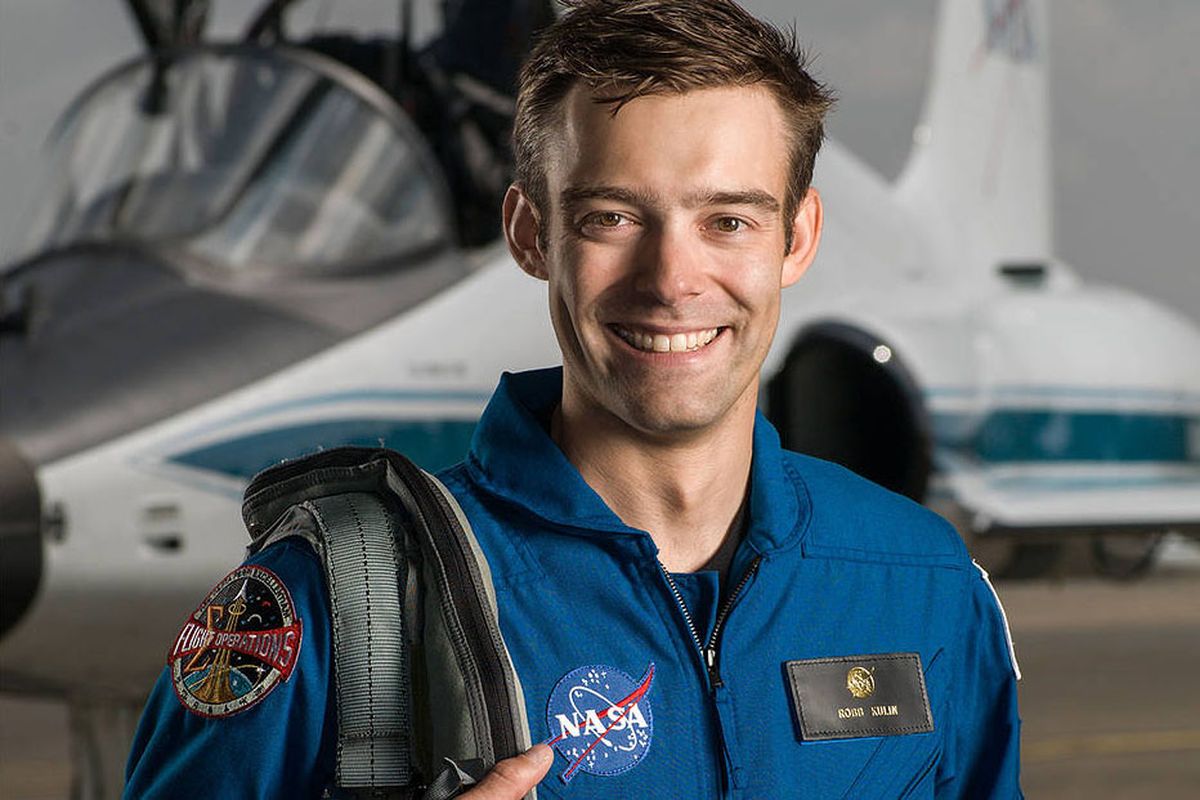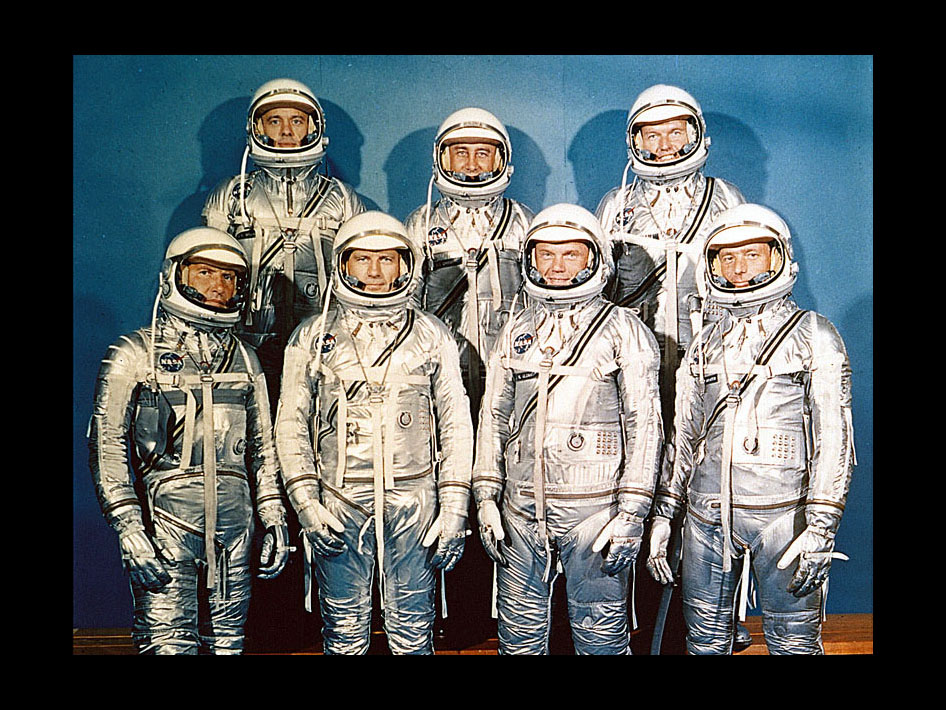NASA welcomed twelve new astronauts on Wednesday. They were chosen from a large pool of applicants –the largest ever- and will spend two years training until they can take part in NASA’s missions. The agency handpicked seven men and five women.
The astronaut class of 2017 includes scientists, doctors, engineers, pilots and military officers from all over the country, ranging from cities like Anchorage to Miami. The astronauts have worked in emergency rooms, submarines, university lecture halls, battleships and jet cockpits.

NASA’s new astronauts include seven men and five women
The astronauts range in ages from 29 to 42 years, and almost all of them have been leaders in their different lines of work.
“It makes me personally feel very inadequate when you read what these folks have done,“ said NASA’s acting administrator, Robert Lightfoot, according to The Washington Post.
Vice President Mike Pence greeted and welcomed the crew during a televised ceremony at NASA’s Johnson Space Center in Houston. Pence took the opportunity to congratulate President Donald Trump and said Trump was firmly committed to NASA’s noble mission, and that he was leading America in space.
The vice president told everyone gathered for the announcement that NASA will have the resources and support necessary to continue to make history. He noted he would lead a resurrected National Space Council to help to set the direction of the space program. Pence added that under Trump, America would lead in space once again and the world will marvel at them.
More than 18,300 people submitted applications to join NASA during a brief application period a year and a half ago, which doubled the previous record of 8,000 applicants set in 1978, back when the space shuttles were close to launching. Applicants included U.S. citizens in every state, as well as the District of Columbia, and U.S. territories Puerto Rico, Guam and America Samoa.
The twelve lucky selected professionals will join 44 astronauts already in the NASA corps. U.S. astronauts have not launched from American soil since 2011, when the space shuttles were retired, resulting in the low head count. American astronauts have ridden Russian spacecraft to get to space in the meantime, but NASA expects that to change by next year.
One of NASA’s new astronauts might fly a spacecraft he helped to design
The soon-to-become astronauts will head back to Johnson Space Center in August and spend two years training. According to NASA, after they’re trained, they could be assigned to any of a variety of missions, including conducting research at the International Space Station, launching from American soil on spacecraft built by commercial companies -such as SpaceX- or departing for deep space missions in NASA’s Orion spacecraft and Space Launch System rocket. Some of them might even get the chance to travel to Mars.
SpaceX and Boeing are building capsules capable of carrying astronauts to the ISS and back as soon as next year. One of SpaceX’s launch engineer and senior manager, Robb Kulin, is among the new astronauts. Kulin has also worked as an ice driller in Antarctica and as a commercial fisherman in Alaska.

“Hopefully, one day, I actually fly on a vehicle that… I got to design,” said Kulin, according to The Washington Post.
However, Kulin and his new teammates may be in for a long wait, as some members of NASA’s class of 2009 have yet to launch. Dr. Jonny Kim, a former Navy SEAL and a specialist in emergency medicine, said that it’s unclear what the future holds for them, at least regarding what spacecraft he and his teammates might fly. He added that they’re just euphoric to be there.
Jack Fischer, an astronaut from the class of 2009, just recently launched to the space station in April. Fischer said he couldn’t be happier with the recruited astronauts and he showed the new crew their “new office” in a video.
“It’s a little bit cramped. The desk is kind of small. But the view. Oh, the view,” said Fischer, according to the Washington Post.
The new team is NASA’s 22nd group of astronauts
Another astronaut from the class of 2017, geologist Jessica Watkins, already has experienced space –vicariously- as part of a team working on NASA’s Curiosity rover on Mars. Flight Operations Director Brian Kelly introduced Watkins to the crowd today and said that they intend to send her to Mars one day.
The team is NASA’s 22nd group of astronauts. The first group, the original Mercury 7 astronauts, was picked in 1959. Overall, 350 U.S. citizens have now been selected to become astronauts. Some of the requirements include American citizenship, degrees in science, engineering, technology or math; and at least three years of experience or 1,000 hours of jet piloting.

The remaining astronauts include Navy Lt. Kayla Barrond of Richland, Washington, who worked as a submarine warfare officer and nuclear engineer; Zena Cardman of Williamsburg, Virginia, a graduate research fellow at the National Science Foundation; Air Force Lt. Col. Raja Chari of Cedar Falls, Iowa, who serves as director of the F-35 Integrated Test Force in California; Navy Lt. Cmdr. Matthew Dominick of Wheat Ridge, Colorado, the department head for Strike Fighter Squadron 115; Bob Hines of Harrisburg, Pennsylvania, a NASA research pilot; Warren Hoburg of Pittsburg, an assistant professor of aeronautics and astronautics at MIT; Marine Maj. Jasmin Moghbeli of Baldwin, New York, a quality assurance and avionics officer in Yuma, Arizona; Loral O’Hara of Sugar Land, Texas, a research engineer at the Woods Hole Oceanographic Institution in Massachusetts; and Dr. Francisco Rubio of Miami, an Army major who works as a surgeon in Colorado.
Source: The Washington Post
